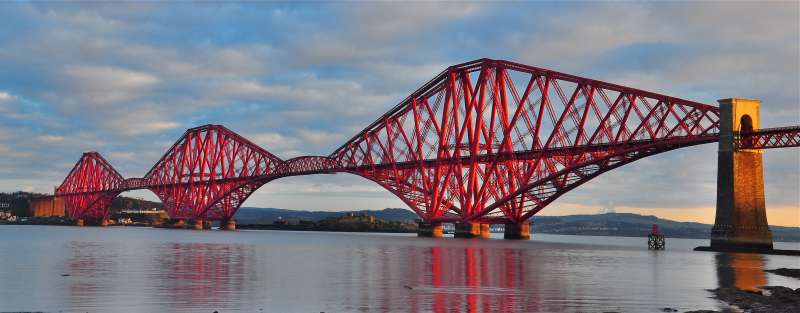Heritage Sites including Scotland’s Forth Bridge named in Unesco list….reports Asian Lite News

Unesco has designated several new World Heritage Sites in Britain, Norway, Germany, Israel, and the US during the 39th meeting of the World Heritage Committee in the western German city of Bonn.
Norway’s Rjukan-Notodden industrial site includes a group of hydraulic centers and was built early in the last century by the Norsk Hydro company to manufacture fertiliser for agricultural demand.
The Committee also bestowed the prestigious declaration on the area of Speicherstadt and the Kontorhaus neighbourhood — two central urban zones in the German port city of Hamburg.
Speicherstadt covers 300,000 square meters and is was one of the largest port areas in the world, built between 1885 and 1927 and then partially reconstructed after World War II.
Kontorhaus was the site of the so-called Chilehaus, known for its modernistic architecture and six huge office complexes built between 1920 and 1940.
The Bet She-arim Necropolis in Israel – an ancient Jewish site located southeast of Haifa – contains a series of catacombs that hold “works of art and inscriptions in Greek, Aramaic and Hebrew.”
The “innovative” Forth Bridge in Scotland – the largest of its type in the world – was completed in 1890 to carry trains over the Forth River and is still in use today.
Finally, the San Antonio Missions, founded in what was now the US by Franciscan missionaries in the 18th century, include structures and ruins of architectural interest such as churches, houses, silos and irrigation systems.
The Missions – including the best known of the group, The Alamo – were built in and around the city of San Antonio, Texas, to convert the local Indians to Catholicism and make them Spanish subjects.
The Alamo was the site of the famous 1836 battle when a heavily outnumbered force of Texas settlers seeking independence from Mexico was overrun and killed t